Plant Pairings That Will Make Your Home Look
Plant Pairings That Will Make Your Home Look
Adding plants to your home is a great way to improve the air quality, reduce stress, and add a touch of natural beauty. But did you know that you can also use plant pairings to create a more stylish and visually appealing space?
In this blog post, we'll share some of our favorite plant pairings for different rooms in your home. We'll also discuss some of the factors you should consider when choosing plants to pair together, such as their size, shape, color, and light requirements.
So whether you're looking to add some greenery to your living room, bedroom, or kitchen, we've got you covered!
Here are some of our favorite plant pairings for different rooms in your home:
Living Room
- Snake plant and pothos: These two plants are both low-maintenance and easy to care for, making them a great choice for busy homeowners. They also have different leaf shapes and colors, which helps to create visual interest.
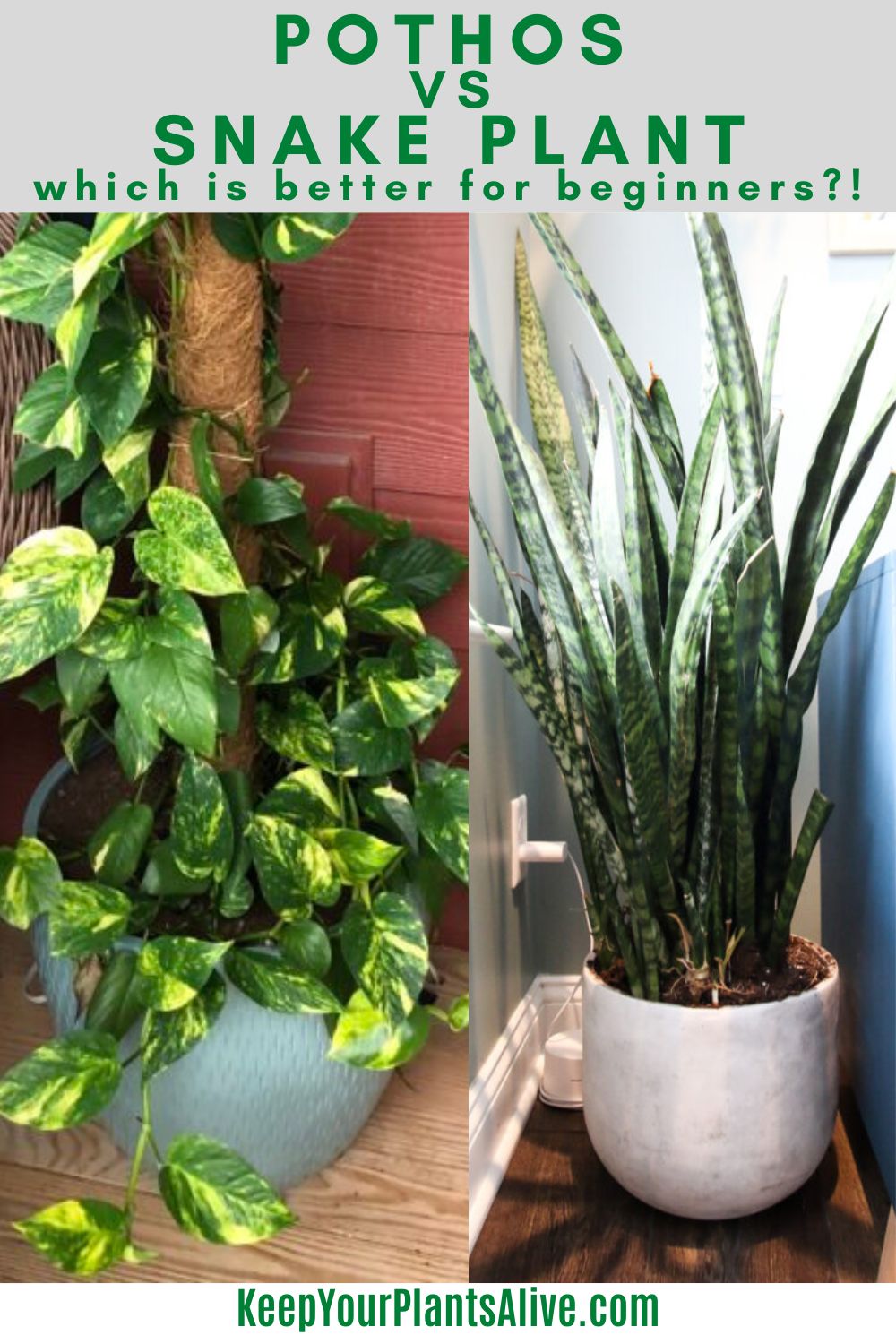
- ZZ plant and philodendron: These two plants are both drought-tolerant and can thrive in low-light conditions, making them perfect for living rooms that don't get a lot of natural light. They also have similar leaf shapes and colors, which creates a cohesive look.
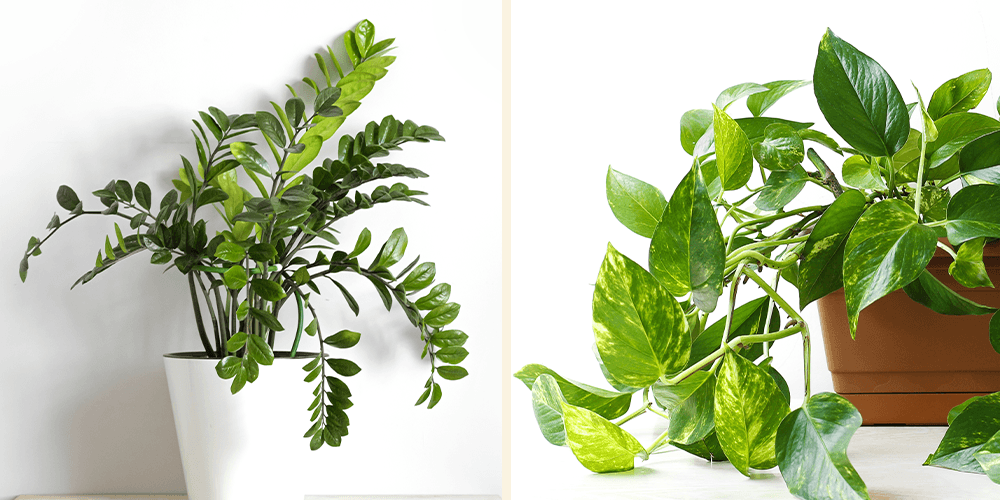
- Fiddle-leaf fig and rubber plant: These two plants are both tall and statement-making, making them a great choice for large living rooms. They also have different leaf shapes and colors, which helps to add visual interest.
Bedroom
- Peace lily and spider plant: These two plants are both air-purifying, making them a great choice for bedrooms. They're also relatively low-maintenance and can thrive in low-light conditions.
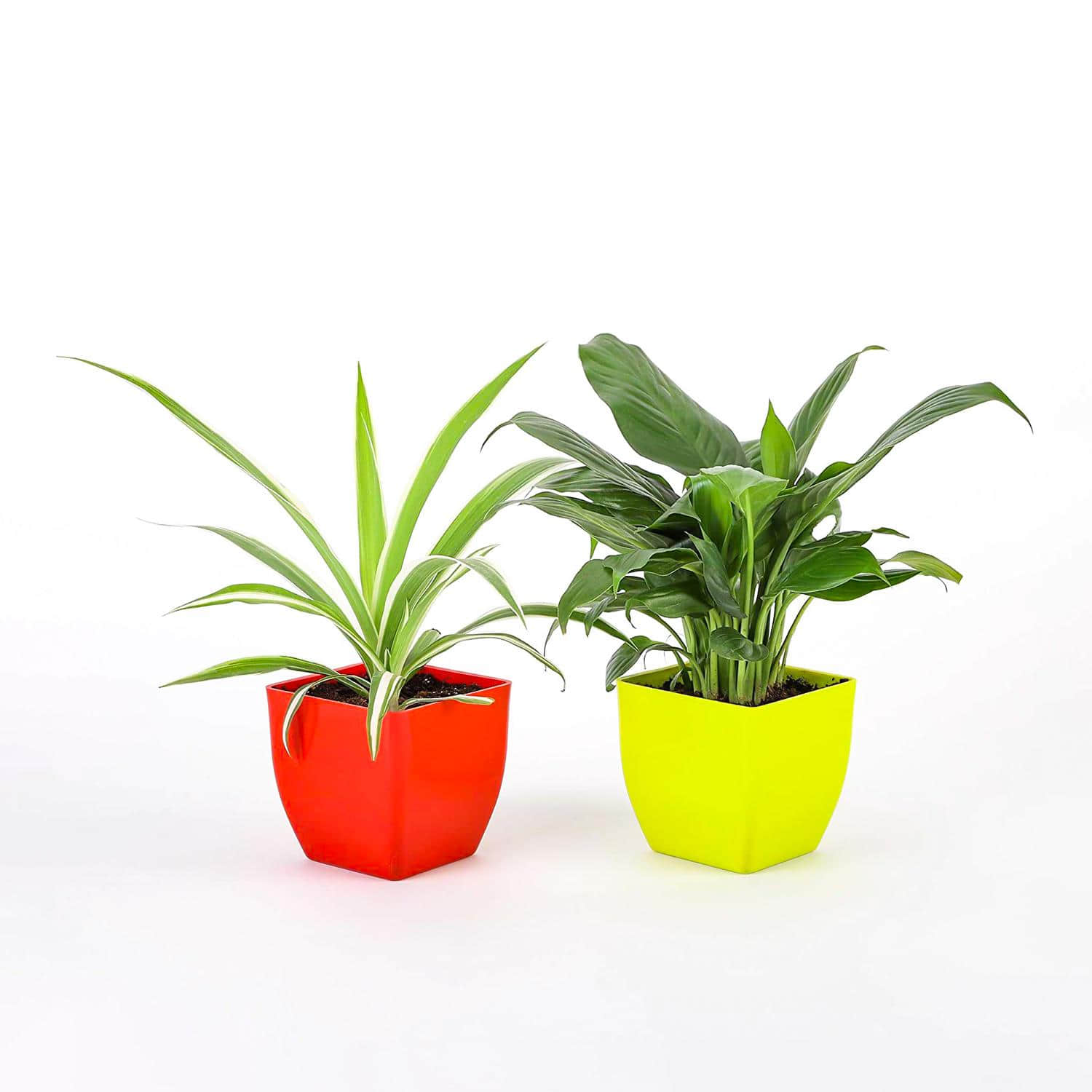
- Aloe vera and lavender: These two plants are both known for their calming properties, making them a great choice for bedrooms. They're also relatively easy to care for and can thrive in a variety of conditions.

- Succulents and cacti: These plants are drought-tolerant and can thrive in dry, sunny conditions, making them a great choice for bedrooms that get a lot of natural light. They also come in a variety of shapes and colors, which can add visual interest to any space.
Kitchen
- Peperomia and herbs: These two plants are both relatively low-maintenance and can thrive in the humid conditions of a kitchen. Peperomia adds a touch of greenery, while herbs can be used for cooking.
- Ferns and citrus trees: These two plants are both tropical, making them a great choice for kitchens that have a warm, humid climate. Ferns add a touch of lushness, while citrus trees add a touch of freshness.

- Vines and tomatoes: These two plants are both climbers, making them a great choice for hanging baskets or tall shelves in a kitchen. Vines add a touch of drama, while tomatoes add a touch of freshness.
No matter what room you're decorating, there are endless possibilities when it comes to plant pairings. By considering the factors we've mentioned, you can create a space that's both stylish and functional.
Here are a few additional tips for choosing plant pairings:
- Consider the size of the plants. Make sure the plants you choose are proportional to the size of the space. You don't want to overwhelm a small space with too many large plants, or make a large space look empty with too few plants.
- Think about the shape of the leaves. Plants with different leaf shapes can add visual interest to a space. For example, you could pair a plant with large, round leaves with a plant with small, spiky leaves.
- Consider the color of the leaves. Plants with different colors of leaves can create a more dynamic look. For example, you could pair a plant with dark green leaves with a plant with light green leaves.
- Think about the light requirements of the plants. Make sure to choose plants that have similar light requirements. This will help to ensure that both plants thrive in the same environment.
With a little planning, you can create beautiful and stylish plant pairings that will add a touch of nature to any space.
When it comes to gardening, one of the most important things to consider is companion planting. Companion planting is the practice of planting certain plants together because they benefit each other in some way. For example, some plants attract beneficial insects, while others repel pests. Some plants improve the soil quality, while others help to shade or support each other.
If you're new to companion planting, or if you just want to learn more about it, I recommend visiting Gardenia Inspiration. This website has a wealth of information about companion planting, including plant charts, articles, and videos. You can also find a forum where you can ask questions and get advice from other gardeners.
FAQ of plants that go together
- Q: What are some plants that go well together?
A: There are many different plants that can go well together, depending on your personal preferences and the climate in your area. Some popular combinations include:
* Annuals: Zinnias, sunflowers, and marigolds are all annuals that can be planted together in a sunny spot. They all have bright, cheerful flowers that will add color to your garden.
* Perennials: Lavender, daylilies, and hostas are all perennials that can be planted together in a shady spot. They all have attractive foliage that will provide interest throughout the year.
* Succulents: Aloe vera, cacti, and sedums are all succulents that can be planted together in a container or in a sunny spot in your garden. They are all low-maintenance plants that are perfect for people who don't have a lot of time to garden.
- Q: How do I choose plants that will go well together?
A: When choosing plants to go together, there are a few factors you should consider:
* Sunlight: Some plants need full sun, while others prefer partial shade or full shade. Make sure to choose plants that have similar sunlight requirements.
* Water needs: Some plants need regular watering, while others are more drought-tolerant. Choose plants that have similar water needs.
* Plant height: If you are planting in a container, you need to make sure the plants you choose will all grow to a similar height. If you are planting in a garden, you can choose plants that have different heights to create a more interesting landscape.
* Color: Plants can add a lot of color to your garden. If you want a colorful garden, choose plants with different flower colors. If you want a more muted garden, choose plants with similar flower colors.
- Q: How do I plant plants together?
A: When planting plants together, it is important to dig a hole that is large enough for the roots of both plants. Add some compost or manure to the soil to improve drainage and fertility. Plant the plants at the same depth they were growing in their pots. Water the plants well after planting.
- Q: How do I care for plants that are planted together?
A: Once your plants are planted, you need to care for them properly. Water them regularly, especially during hot, dry weather. Fertilize them every few months with a balanced fertilizer. Remove any dead or diseased leaves.
- Q: What are some common problems that can occur when planting plants together?
A: There are a few common problems that can occur when planting plants together:
* Competitive growth: Some plants can be more aggressive than others and crowd out their neighbors. If you notice this happening, you may need to thin out the plants or transplant them to a different location.
* Diseases and pests: Some diseases and pests can spread from one plant to another. If you notice a problem with one plant, it is important to isolate it and treat it as soon as possible.
* Incompatible soil conditions: Some plants prefer different soil conditions than others. If you plant incompatible plants together, they may not thrive.
Image of plants that go together
Here are 5 different images of plants that go together:
- Snake plant and ZZ plant. These two plants are both low-maintenance and can thrive in low-light conditions, making them ideal for a variety of indoor spaces. They also have similar foliage colors, which creates a cohesive look.

- Pothos and philodendron. These two vining plants are both easy to care for and can be trained to climb up a trellis or stake. They have different leaf shapes and colors, which adds visual interest to a space.
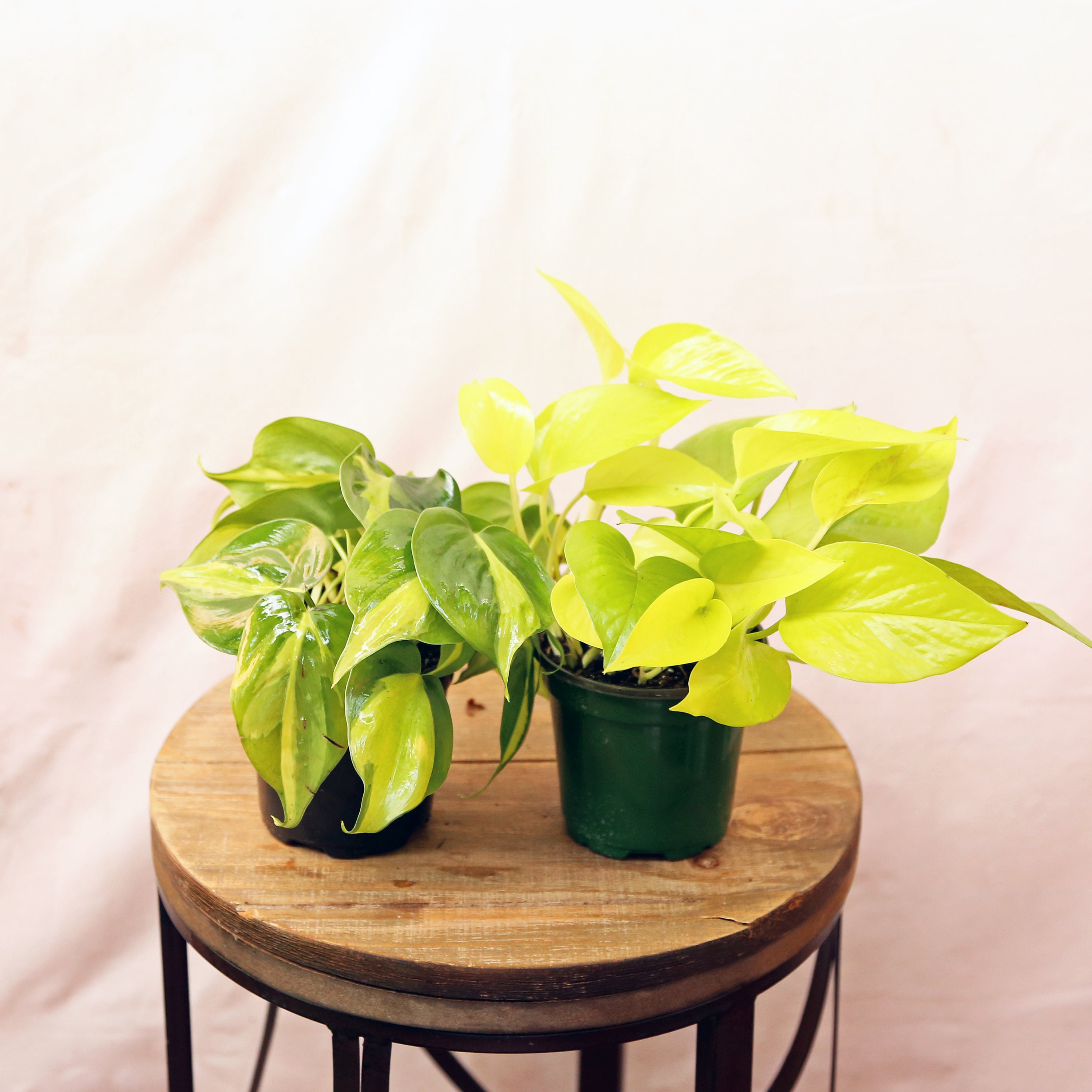
- Spider plant and peace lily. These two plants are both known for their air-purifying abilities. They also have different leaf colors and textures, which creates a visually interesting combination.
- Fiddle-leaf fig and rubber plant. These two large-leafed plants are both statement pieces that can add drama to a space. They have similar water and light requirements, making them easy to care for together.
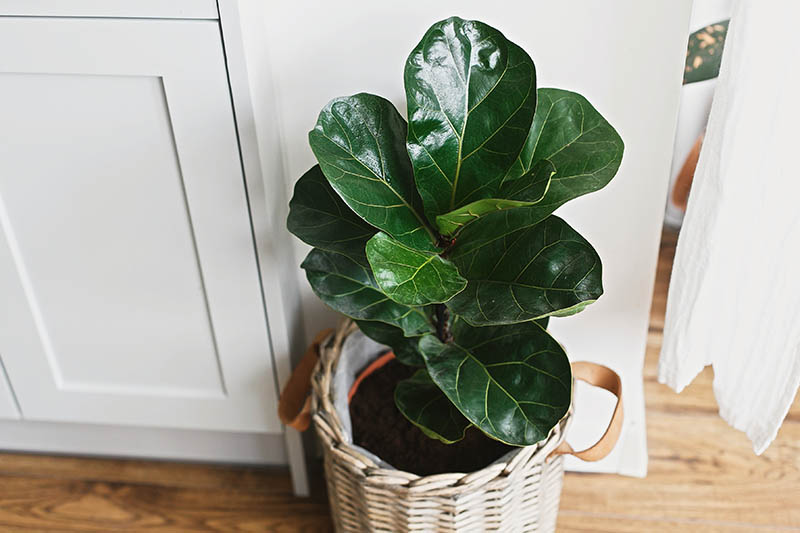
- Succulents. Succulents are a diverse group of plants that come in a variety of shapes, sizes, and colors. They can be arranged in a variety of ways to create a unique and eye-catching display.
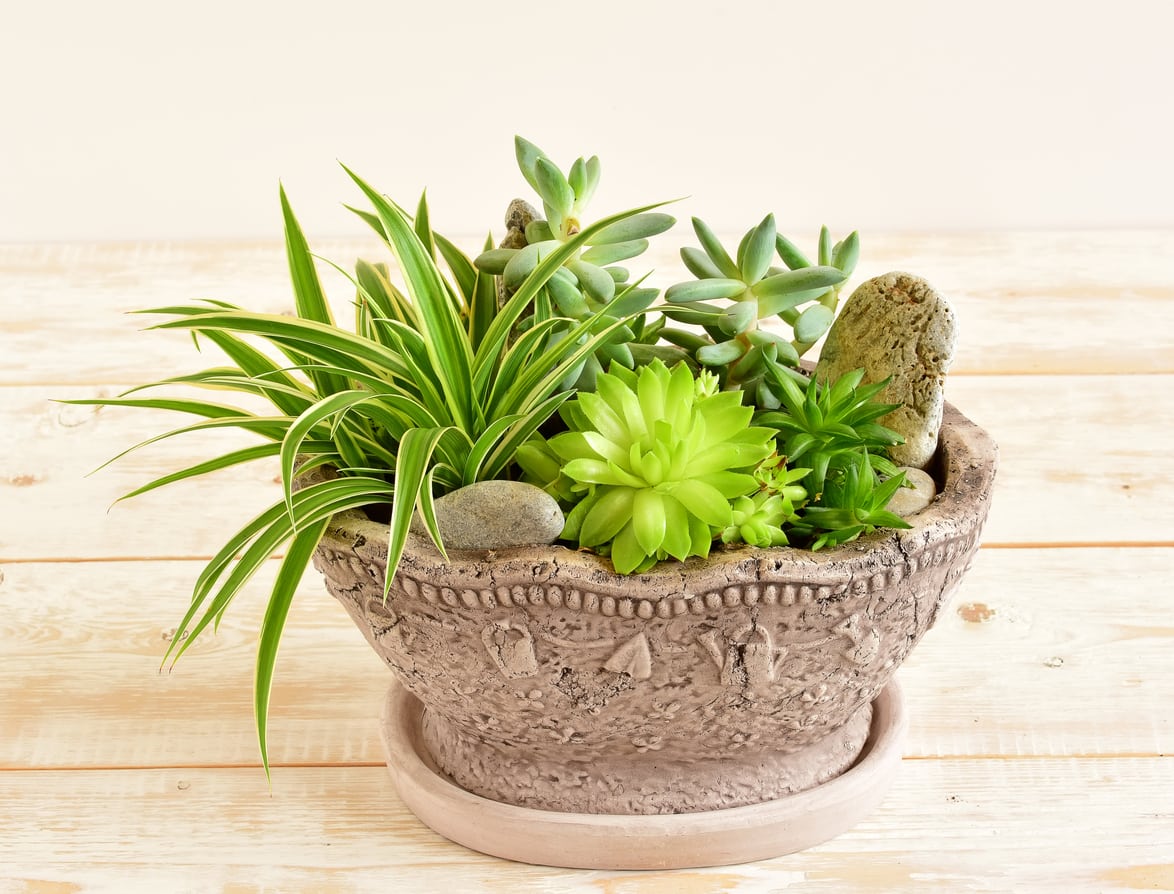



Post a Comment for " Plant Pairings That Will Make Your Home Look"